Three years after his death, illustrious photographer Prabuddha Dasgupta’s legacy is brought to life by his wife and daughter. Benita Fernando dips into the flashback
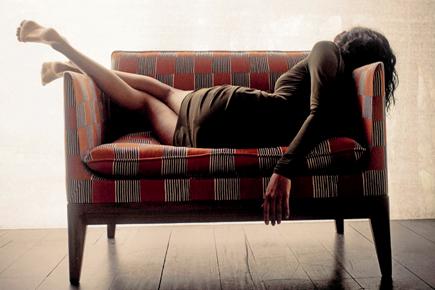
Sleep
ADVERTISEMENT
An exhibition that opened yesterday at the National Gallery of Modern Art (NGMA), New Delhi, showcases 90 monochrome works by one of India’s finest photographers. Prabuddha Dasgupta — A Journey was also the venue for the launch of a book of the late photographer’s images, writings and interviews. Call it what you want — a stage or sanctum, a retrospective or resurrection — the exhibition and book mean different things to different people.
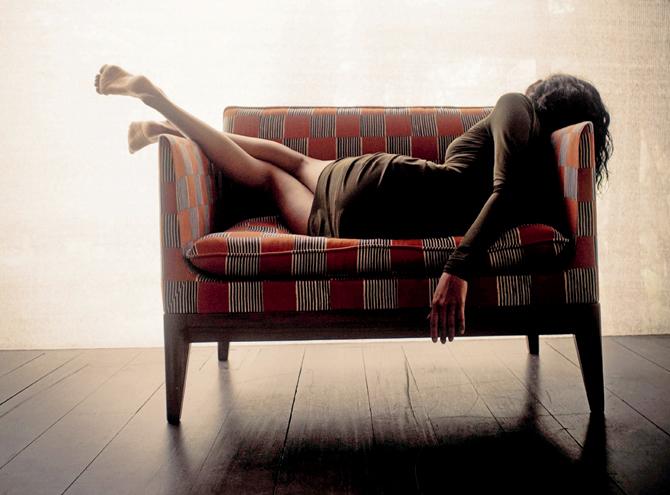
Shot for a high-end fashion and furniture store, this image of Lakshmi Menon was among Prabuddha Dasgupta’s last before he passed away in August 2012. Pic/© Estate of Prabuddha Dasgupta
For the photographer, who passed away at 58, this is a homecoming; his father, sculptor Pradosh Das Gupta, was a curator at the NGMA for 13 years. For friends and contemporaries, this is a fitting tribute to a lensman who revolutionised fashion photography. For his wife, Tania, and daughters Aleeya and Amaaya, who have envisioned both the exhibition and the book, this is a sharing of the man they knew. The journey is not his alone.

The eponymously titled book has 211 photographs from his fashion and advertising work, portraits and abstracts. Priced at Rs 3,600, it also contains photographs from his previously published series, Women (1996), Ladakh (2000) and Edge of Faith (2009). There are some unpublished and unseen works, including a set named Hampi.
Is it an ode to or a dissection of the photographer? “I don’t know what story the book will tell. It is fairly well-rounded, I think; it ties in his various personalities,” says Aleeya Dasgupta, 25.

Prabuddha with daughter Aleeya
The idea of the book was born two-and-a-half years ago, when Tania Das Gupta met Rajeev Lochan, Director, NGMA, who suggested the idea of a retrospective. The graphic designer with 30 years of experience toyed for long with the idea of a book on her late husband. She was his artistic collaborator, designing his catalogues, posters, publications and helping him curate exhibitions from his earliest years.
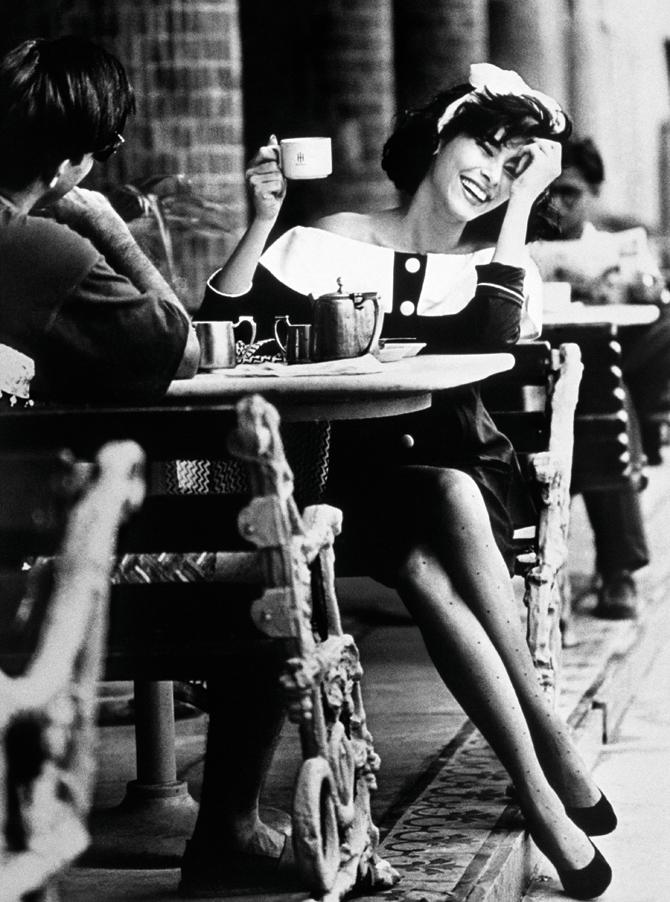
Feroze Gujral models for Suneet Varma, Delhi, 1989
You’d imagine then that it would’ve come easily to Tania. But she had to sift through terabytes of HDD storage, thousands of rolls and contact sheets from Prabuddha’s pre-digital work before she long-listed a selection and shared it with her daughters for the final pick. “The show is a condensed form of the book. The book has been my mother’s baby for two full years,” says Aleeya.
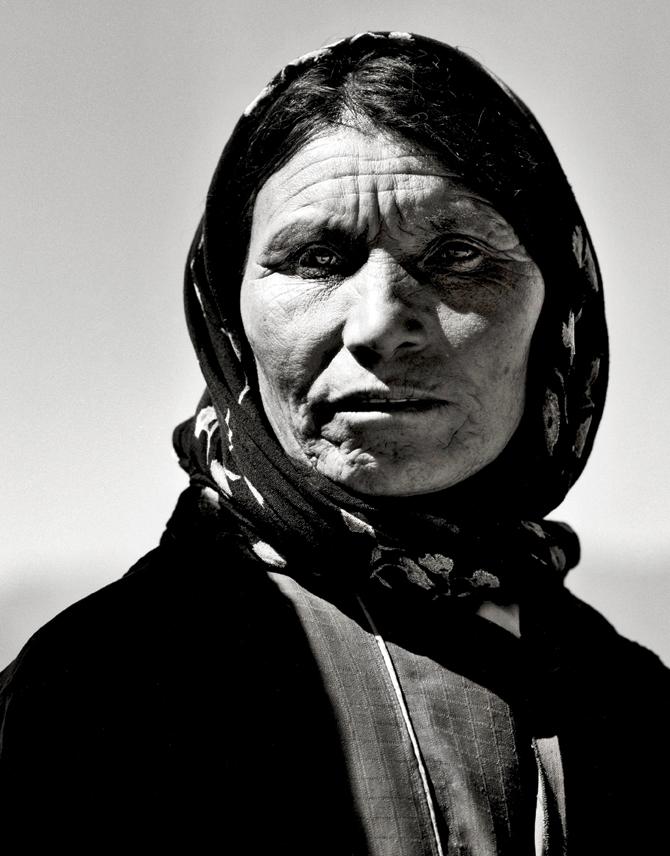
Peasant woman in Shey, Ladakh, 1995. pics/© Estate of Prabuddha Dasgupta
And, as the family would realise, this was the easier task. In August 2012, Prabuddha passed away following a heart attack. While some reports claimed he was at a photoshoot when the emergency occurred, others speak of him then travelling with his long-time partner and model Lakshmi Menon, from Alibaug to Arpora in Goa, where he lived part-time. “The 292 pages of the hardbound book,” says Aleeya, “exaggerated the immensity of my father’s absence. We were constantly engaging with his images and writings. We have more or less taken it in our stride, but there was a heaviness that pervaded through the process.”
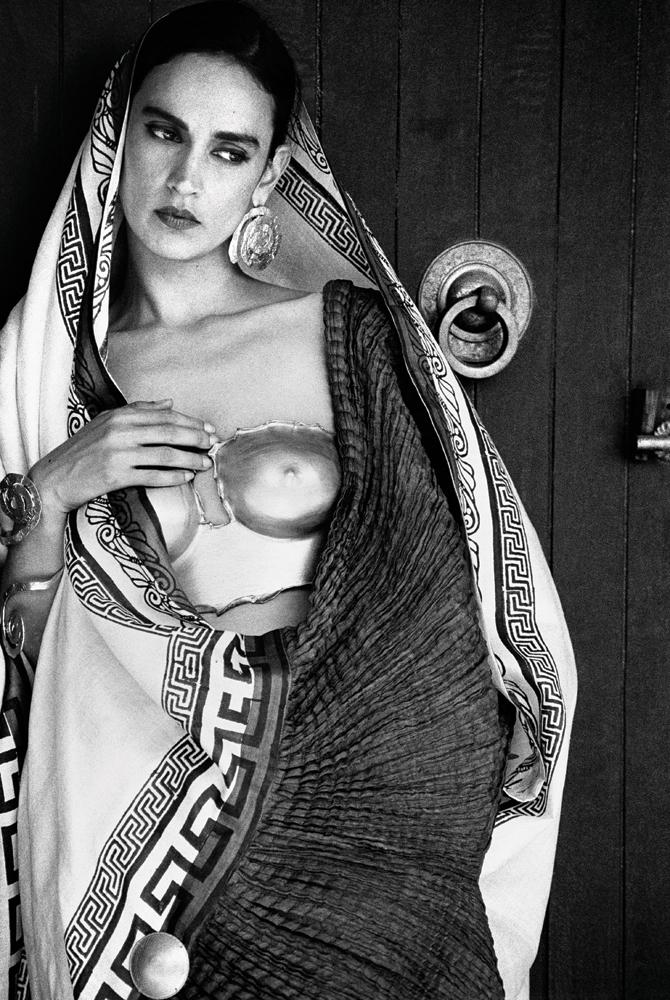
Another for Suneet Varma, Delhi, 1992.
The result of an emotional experience and design decisions, the book surmounts sundry challenges. Several of the subjects he shot for Women, a controversial collection of portraits of nudes, and urban Indian women, never signed written permissions. “They trusted my father; he generated a lot of goodwill. It all happened 20 years ago; it was a different time in the subjects’ lives, a different space. We don’t know all the people he had shot,” says Aleeya. “Besides,” she continues, “he wasn’t the most organised person.”
Katina D'Mello, Anjuna, Goa, from Edge of Faith (2009), in which Prabuddha captured the lives of Goan Catholics
Which brings us to the fact that there is a Prabuddha that the world knew — suave, graceful and smooth — a definite competition to the models he shot. Aleeya, who works for a Nigerian NGO in Delhi, says that she and Amaaya, knew a different him; more friend than father. “We could talk to him about anything, right from relationship troubles to general confusions of life. My mother is like that too. With them, it’s always a conversation between equals.”
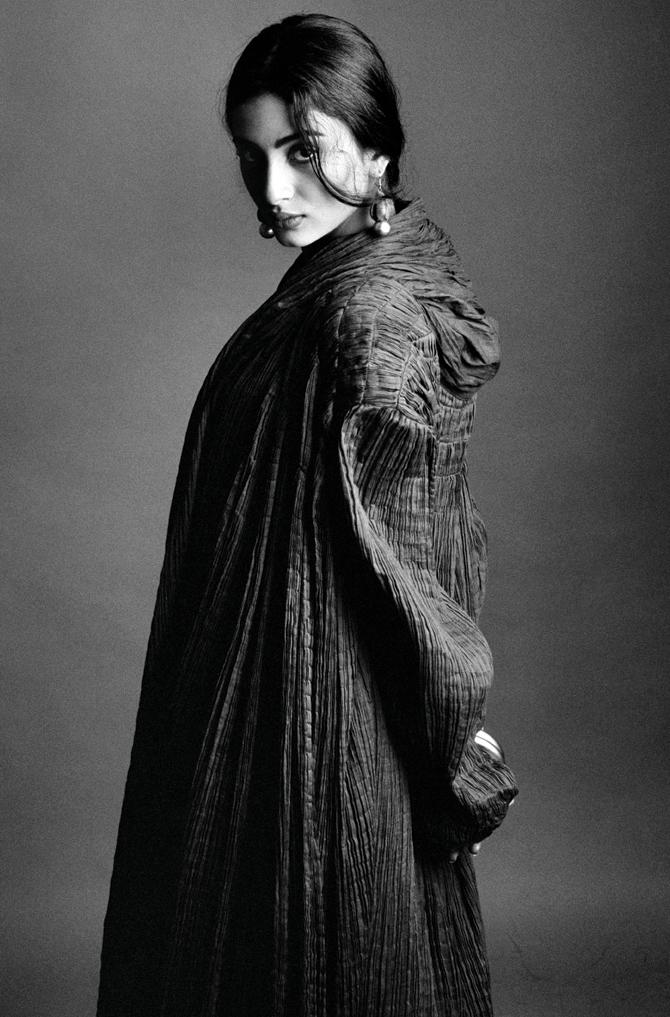
Part of his repertoire of fashion photography, this one shot for Rohit Khosla, Delhi, 1996
Prabuddha gifted Aleeya a camera when she was young, but seeing that she never took to it, the two didn’t discuss it again. Although she shied away from taking up photography, she learnt to appreciate it. Longing (his first personal show, exhibited in New York in 2007) and Edge of Faith are collections that speak to her. Both collections show twin aspects of Prabuddha — lover to muse Lakshmi Menon, and spiritual quester peering into the homes and lives of the Goan Catholic community. Is the book then, reconciliation between the parents, between past and present? “No, I don’t think there is anything to reconcile [with]. It all happened a long time ago,” says Aleeya.
“I learned to separate the photographer from the father,” she continues. And with that, she discusses her firm lack of interest in the world of fashion, which Prabuddha shot substantially. “He was a recluse, but he was also part of that space. I do not like the pretence [associated with the fashion industry] and the other nonsense that came in the form of news. I distanced myself from it.”
And what was he like when not photographing? “Oh, he was lazy and always joking. He enjoyed his sunset drink. And, when it came to my views on fashion, he used to tell me that I wasn’t open enough.”
 Subscribe today by clicking the link and stay updated with the latest news!" Click here!
Subscribe today by clicking the link and stay updated with the latest news!" Click here!









